|
Female Blue Dacnis, Tranquilo Bay Lodge, Bocas Del Toro, Panama, March 6, 2024. In early March my wife and I traveled to Panama to visit the Bocas Del Toro region on the northwest side of Panama on the Caribbean ocean. This post is the third and last on our trip, and covers some of the more remarkable birds we saw in the tropical forest regions. Let's start with a pair of Blue Dacnis, foraging for insects near the lodge. Blue DacnisCanon R6 with RF 100-500mm @ 472mm, 1/400 sec., f/7.1, ISO 4000, +0.33 EV.
The male, shown in the frames above and below, is a bright turquoise blue with a black tail and black markings on the wings with black around the eye and throat. This male is looking at the underside of the leaves for fruit, seeds, or insects. This tree, which really looked more like a gigantic bush, was relatively open on the inside making photography easier. Blue Dacnis are non-migratory year round residents, as are most of the species featured in this post. Canon R6 with RF 100-500mm @ 472mm, 1/640 sec., f/7.1, ISO 6400, +0.33 EV. Above and below is a female, green overall with a bluish head and paler throat. Blue Dacnis are quite brilliant with an almost neon appearance, even in subdued light. Blue Dacnis frequently forage in pairs or small groups, and this case a female is joining the male. A lot of fun to watch and photograph! JabiruCanon R7 with RF 100-500mm @ 500mm, 1/640 sec., f/9.0, ISO 2500, +0.67 EV.
Jabiru have a massive black bill that curves slightly upwards at the tip. They have a bare black neck (no feathers) with a large red patch of the base, and entirely white plumage on the body. Jabiru are the tallest flying birds found in South and Central America, and for the continent have the second largest wingspan after the Andean condor. Reference: Wikipedia. Jabiru feed on a variety of aquatic animals, including fish, frogs, snakes, young caimans and crocodiles, crabs and turtles. They move their head and bill actively in shallow water splashing water to flush prey which they then locate by sight or touch, clamping down on them with their large bills. They will eat critters up to several feet in length by throwing their heads back and swallowing them whole! Jabirus are solitary nesters, building massive platform nests in large trees which they often use year to year. They are often seen in pairs during the off-season suggesting a lifelong pair bond. Reference: Wikipedia. Mangrove CuckooCanon R7 with RF 100-500mm @ 200 mm, 1/640 sec., f/8.0, ISO 800, +0.33 EV.
Like other cuckoos, the Mangrove Cuckoo has four toes on each foot in a zygodactyl configuration, with two toes forward and two behind, unlike many other birds who have three-forward and one-back. Reference: Birds of the World. Recall that the Greater Roadrunner is also a cuckoo, leaving a distinctive "X" footprint, making one wonder if it is coming or going! Note that some birds, such as the Great Horned Owl, can pivot the fourth toe forward or back depending on their needs. The Mangrove Cuckoo is secretive and quiet, and very difficult to spot. We were fortunate on March 8th when our guides, Roger and Brenda, maneuvered the skiffs close to the mangrove trees and spotted this bird foraging in the trees. Mangrove Cuckoos eat insects, spiders, frogs, lizards, eggs and nestlings, as well as fruit, doing most of their foraging in the tree canopy where they quietly look for prey and then hop or fly to the spot to pick it off of the vegetation. Reference: All About Birds. Cocoa WoodcreeperCanon R6 with RF 100-500mm @ 500mm, 1/500 sec., f/7.1, ISO 5000, +1 EV.
The Cocoa Woodcreeper lives in the lowlands of Central America and northwestern South America. See the eBird map above. They eat insects and other arthropods taken from tree trunks and occasionally frogs and small lizards. In the images above and below our subject is "creeping" up the tree looking for lunch! (References: Wikipedia and Birds of the World). White-browed GnatcatcherCanon R7 with RF 100-500mm @ 500mm, 1/400 sec., f/7.1, ISO 3200, +0 EV.
Red-capped ManakinCanon R7 with RF 100-500mm @ 500mm, 1/400 sec., f/7.1, ISO 16,000, +0.33 EV.
The males are velvety black with a bright red head and bright yellow thighs (not seen here), a powder yellow chin and wing linings. The female, (not shown here) looks distinctively different, being olive green above with yellow green underparts and a brown Iris, in contrast to the white iris seen here on the male. Red-capped Manakins are frugivores, feeding almost exclusively on fruit. For more on frugivores, see my first post in this series, . . .Part 1, Mountains Photographing a black bird with a bright red head in low light is a challenge! The series shown above and below attempts to show detail in both the head and the body. For the Photo Geeks: This is where a stacked sensor with low noise and high dynamic range would be really helpful. Prothonotary WarblerCanon R7 with RF 100-500mm @ 363mm, 1/1000 sec., f/8.0, ISO 12,800, +0.33 EV.
Prothonotary Warblers eat insects, as well as snails and mollusks. During the non- breeding season they will eat fruit and seeds as well. The male is brilliant yellow as shown in the first frame above, the female is similar but a bit paler with a crown and nape washed with green (Ref: All About Birds). Below we may be seeing two males, or perhaps a female to the left. Although their main fare is insects, they are enjoying the bananas put out each day at the lodge. * There are only two species of warbler that are cavity nesters, the Prothonotary Warbler and, one of Tucson's favorites, Lucy's Warbler. Below, the careful observer will notice that the gray and yellow bird on the left does not look like a Prothonotary Warbler, rather it is a Bananaquit. The name derives from its yellow color (banana) and the English world quit, referring to a small passerine (songbird) of tropical America. Bananaquits were in abundance at the lodge feeders. They feed on primarily on nectar, with some fruit and a few insects. Tropical KingbirdCanon R7 with RF 100-500mm @ 500mm, 1/1000 sec., f/7.1, ISO 1000, 0 EV.
Tropical Kingbirds are tyrant flycatchers, catching insects on the fly from a prominent perch. The images here were captured near our hotel in Panama City, close to the Panama Canal. Canon R7 with RF 100-500mm @ 500mm, 1/2500 sec., f/7.1, ISO 5000, +0.33 EV. Panamanian White-faced CapuchinCanon R6 with RF 100-500mm @ 238mm, 1/1600 sec., f/7.1, ISO 32,000, 0 EV. Let's close with a family photo of two of the early morning regulars at the lodge as we sipped coffee and ate breakfast. Panamanian White-faced Capuchins are New World monkeys native to the forests of Central America. They eat fruit, invertebrates and small vertebrates. Like other frugivores they are important for the ecology of the forest as dispersers of seeds and pollen. Well, that's it for Panama! Be back posting on SE Arizona soon. Spring is here and summer is approaching! Happy Trails!
4 Comments
Linda Currin
4/26/2024 08:36:11 am
WOW, as usual! What an amazing experience for you and DJ!
Reply
Henry
5/1/2024 09:35:36 pm
Linda: Many thanks! It was a great trip.
Reply
5/1/2024 03:37:02 pm
Absolutely awesome. Stunning photography and excellent educational background. Many thanks, Henry!
Reply
Henry
5/1/2024 09:36:31 pm
Kent: Many thanks, and, you are welcome!
Reply
Leave a Reply. |
AuthorHenry Johnson, photographer and author of this site. For more detail, see About
Categories
All
Archives
July 2024
|
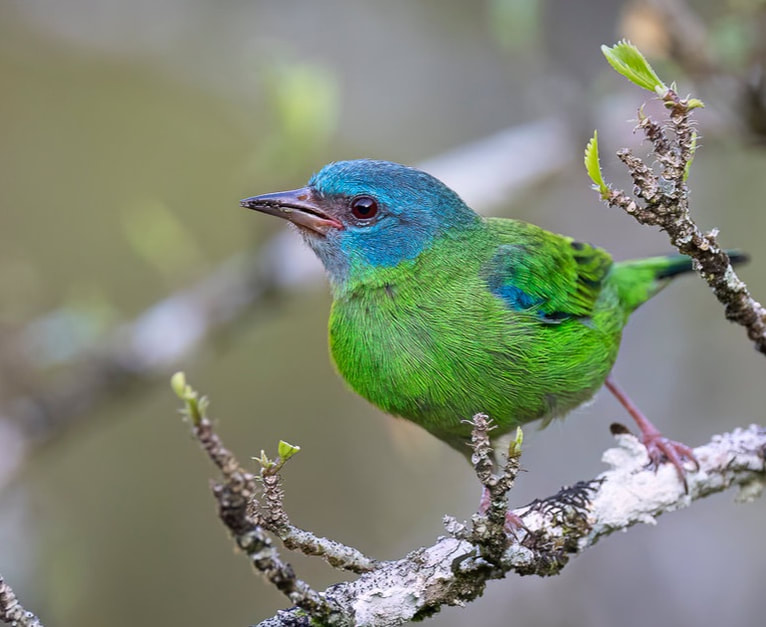
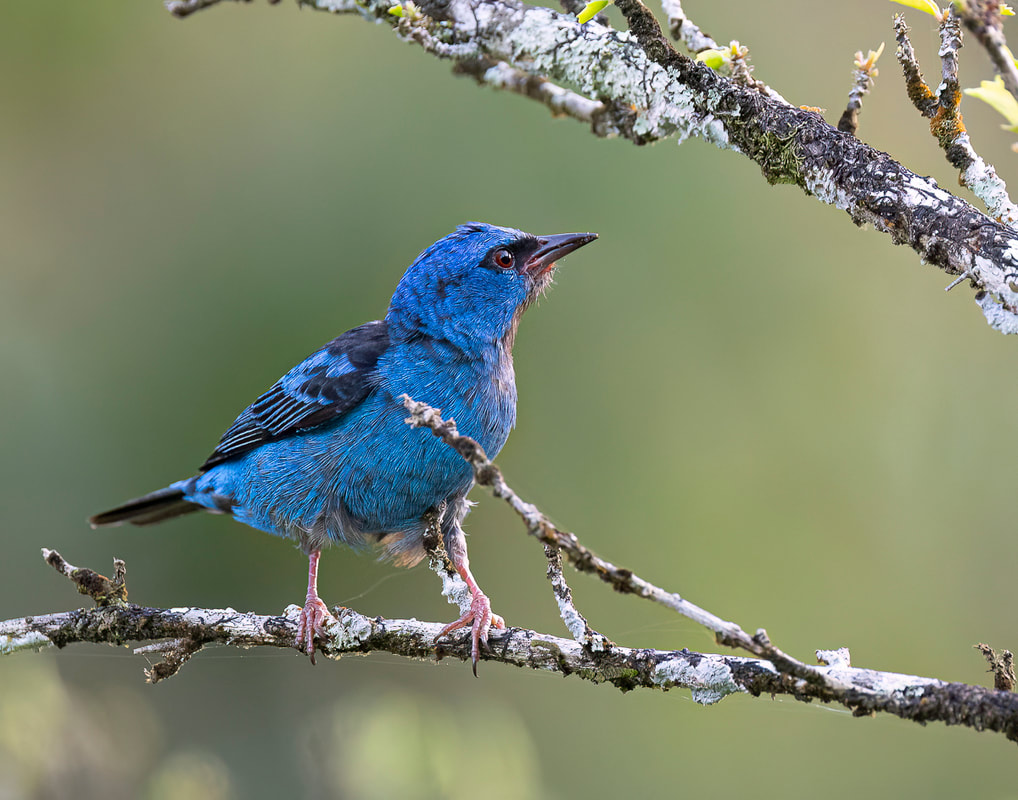
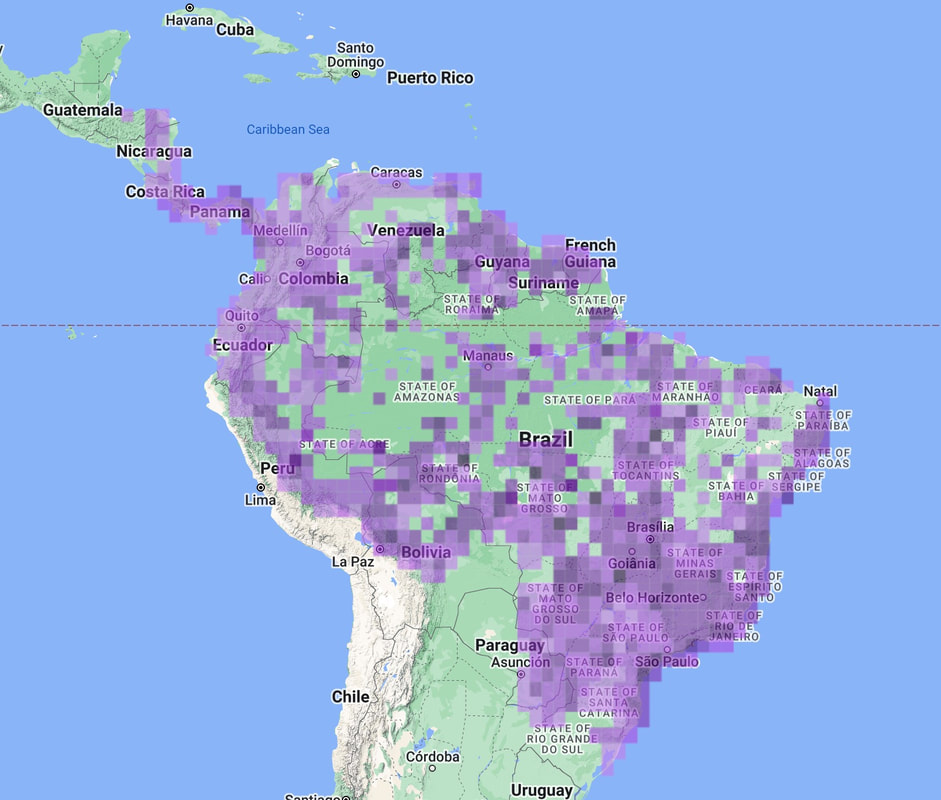
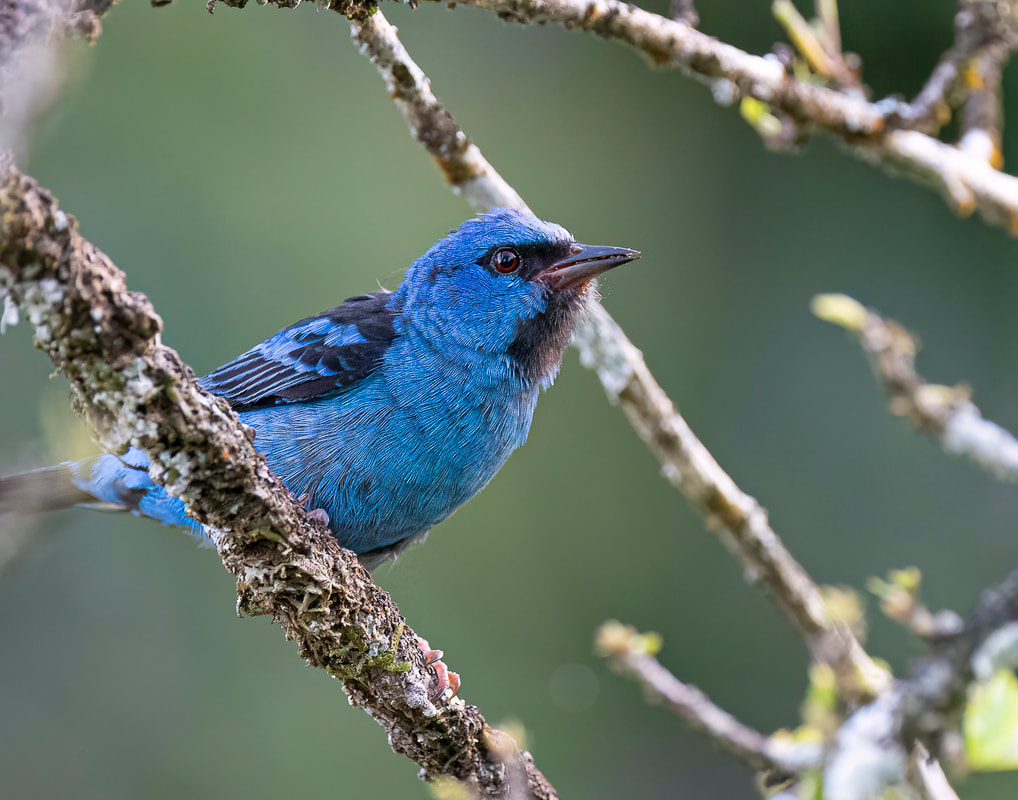
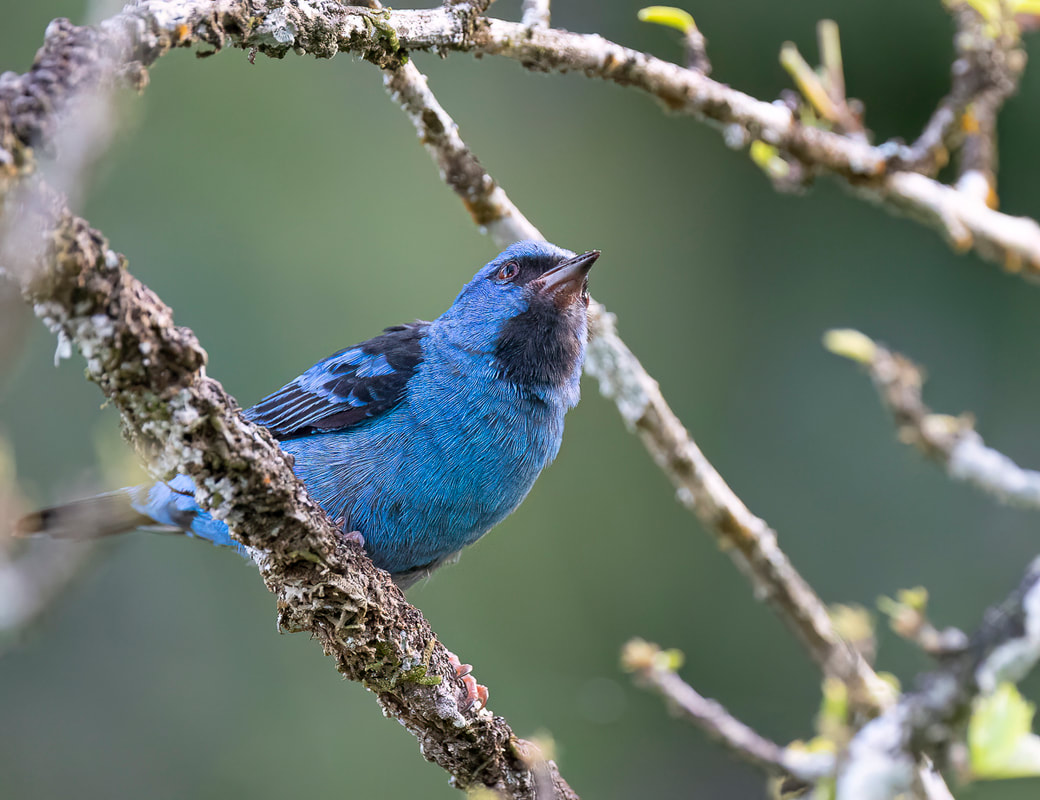
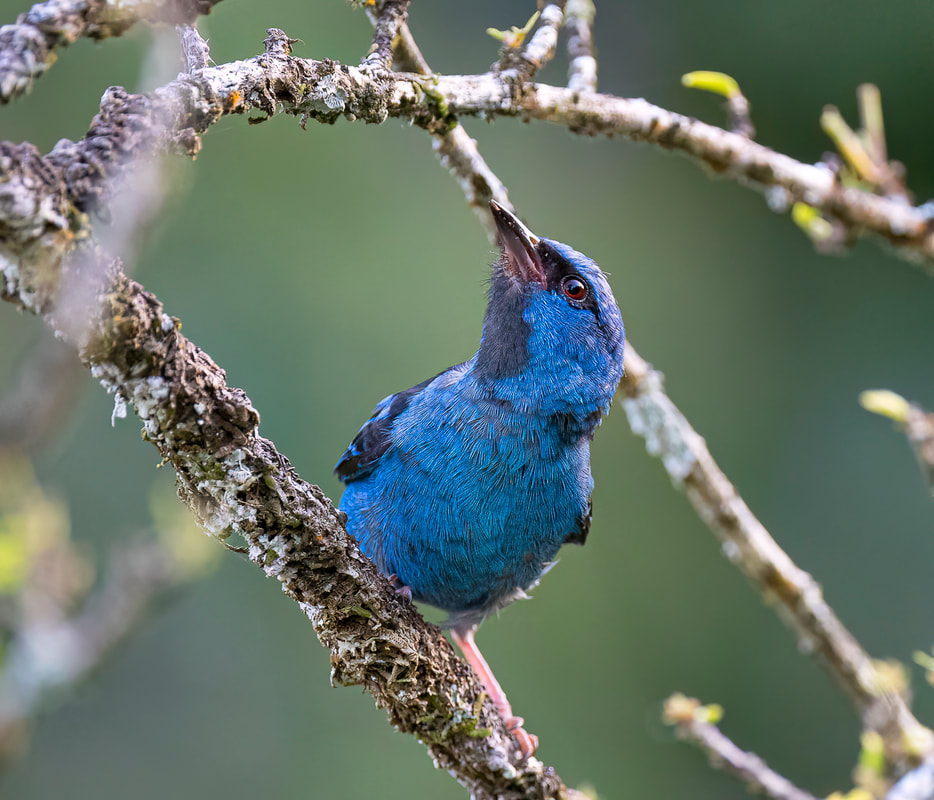
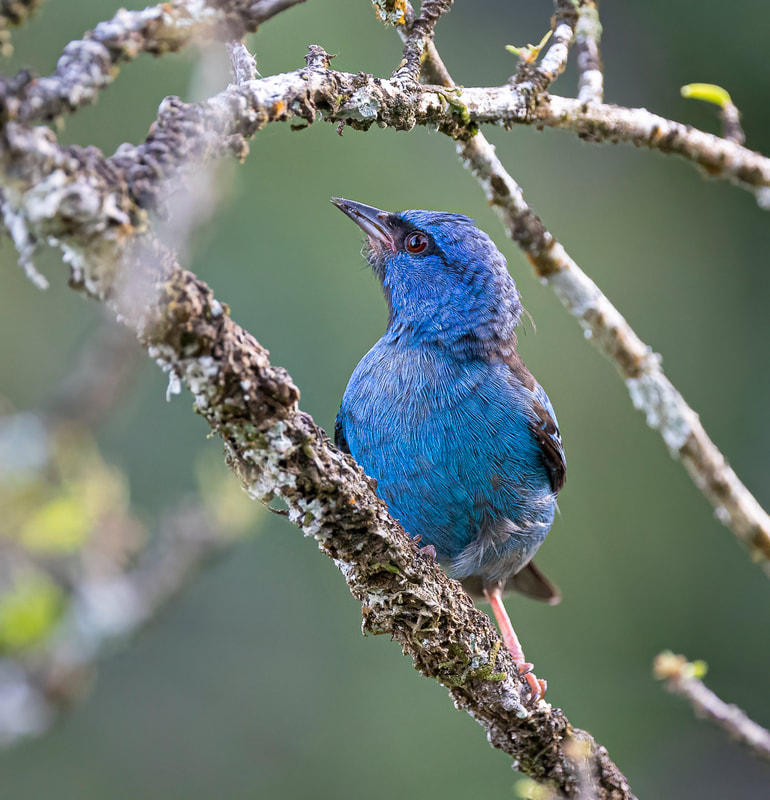
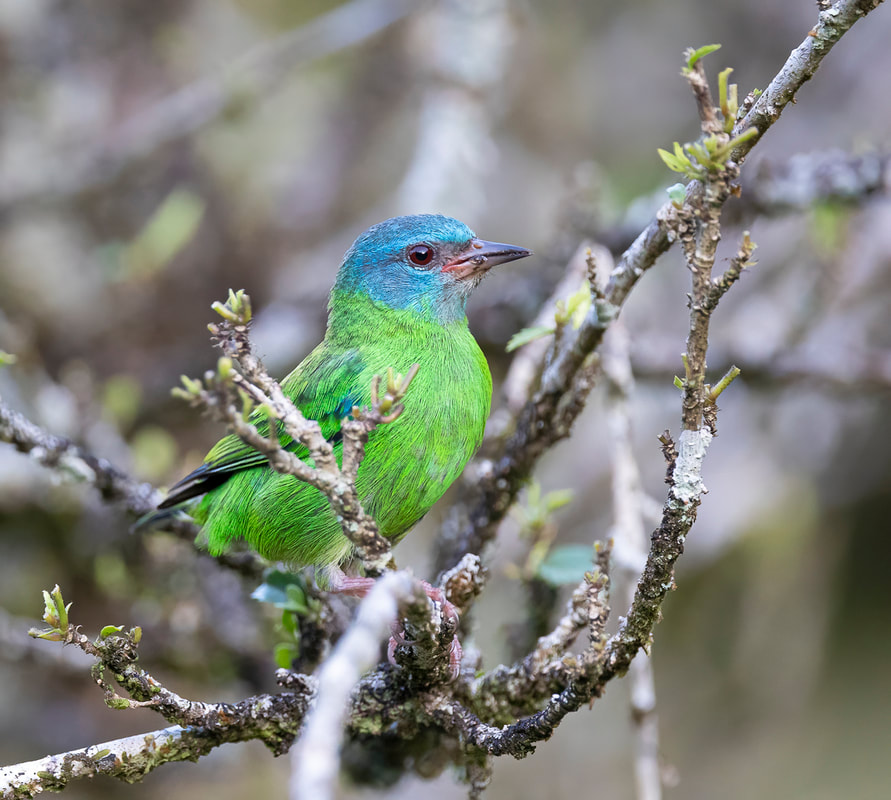
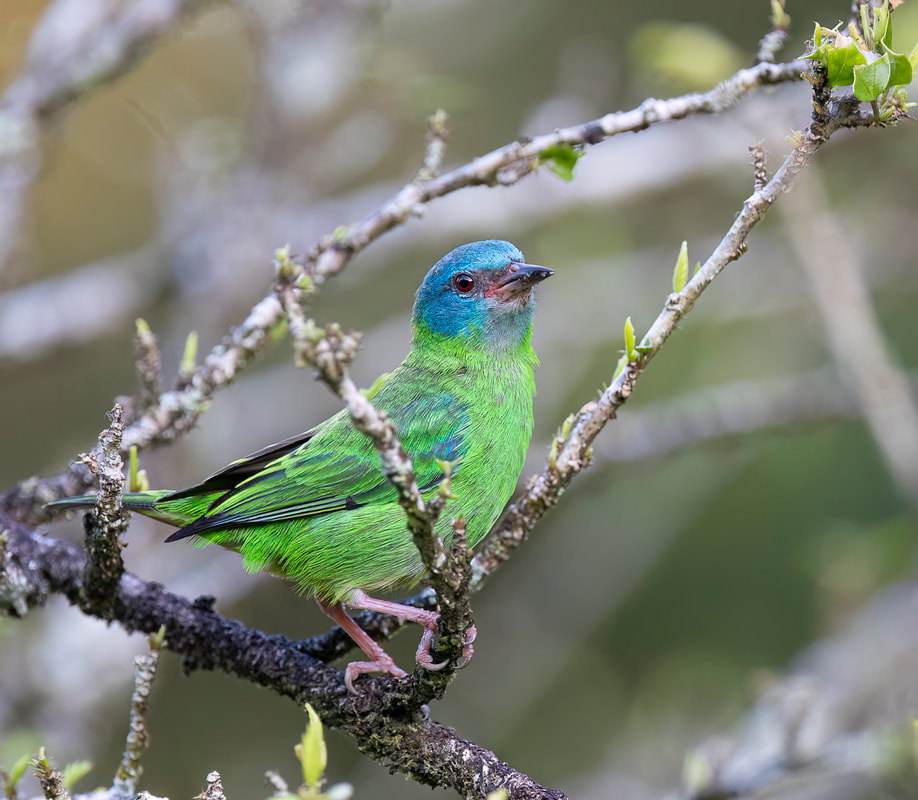
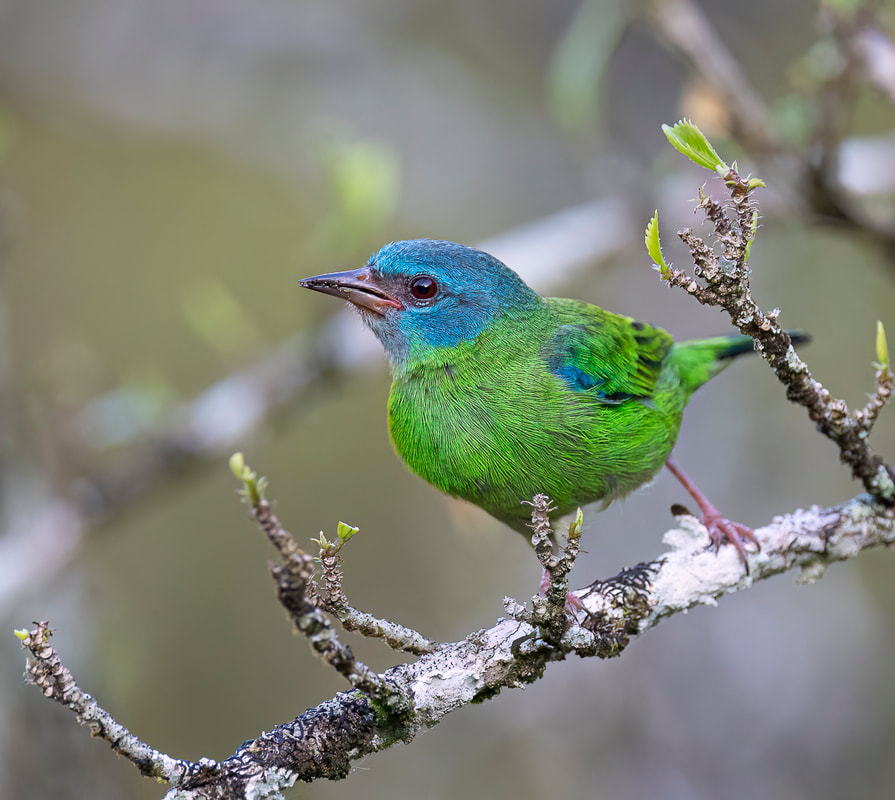
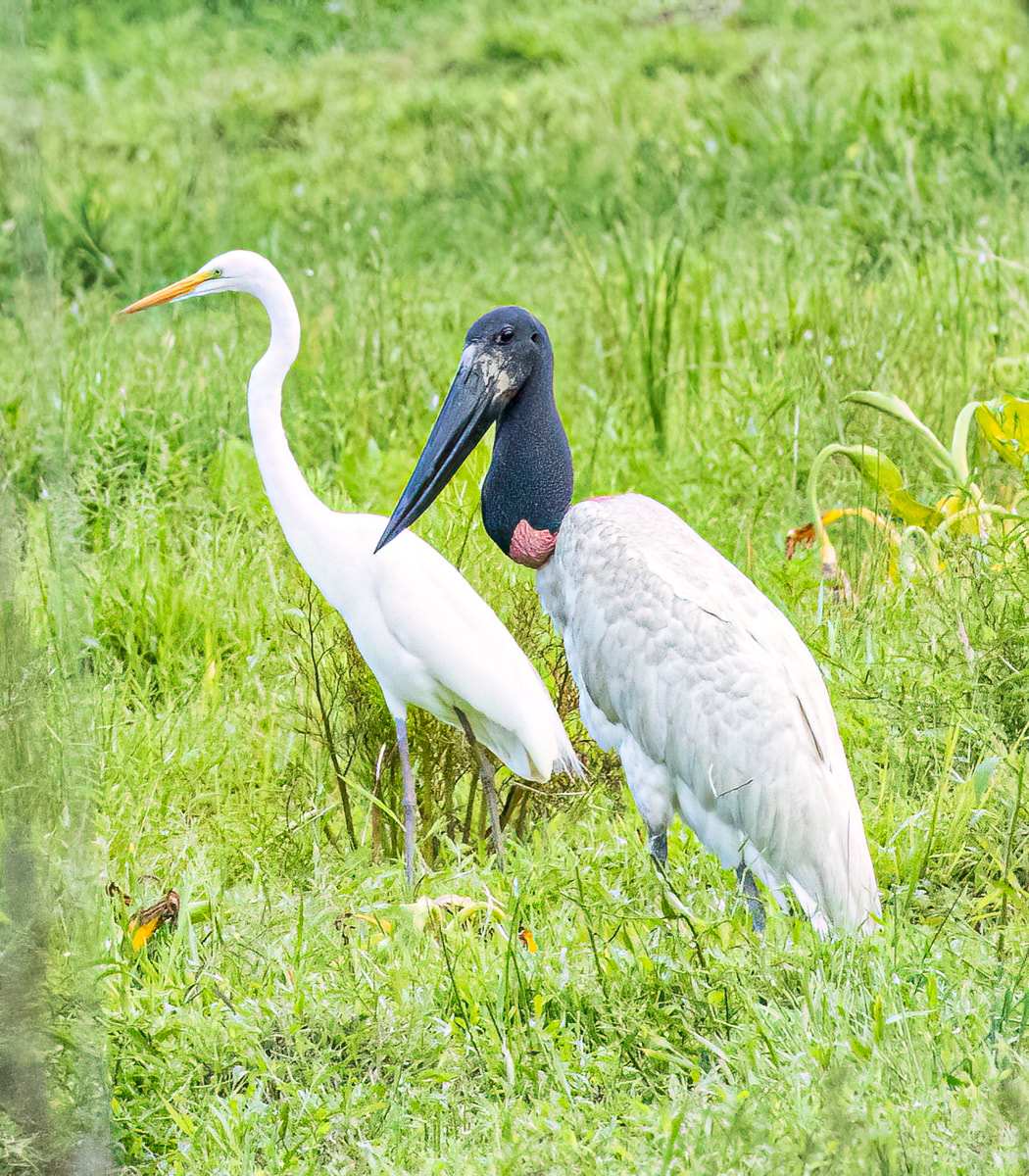
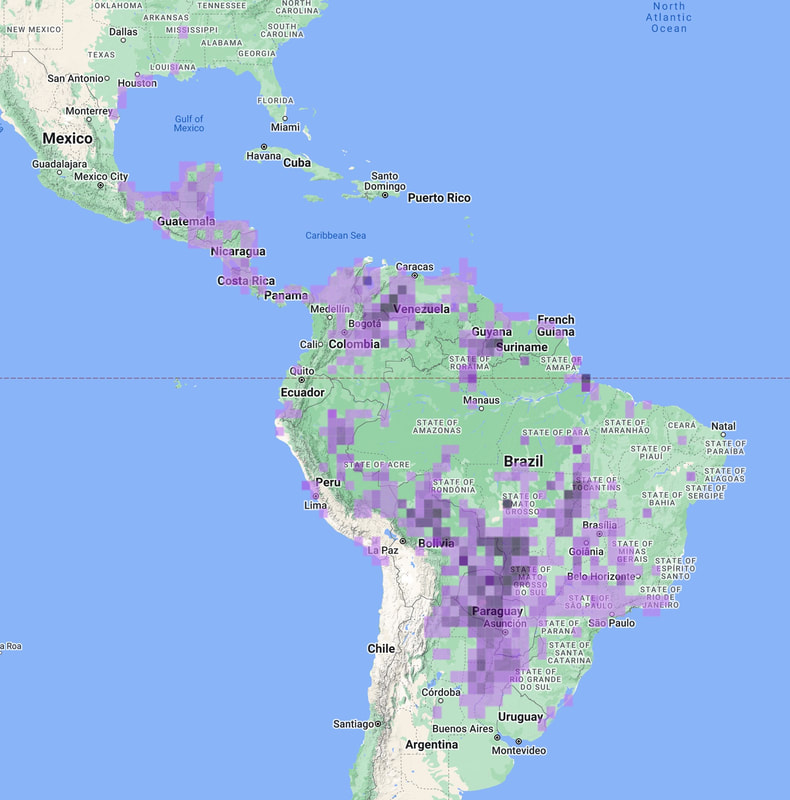
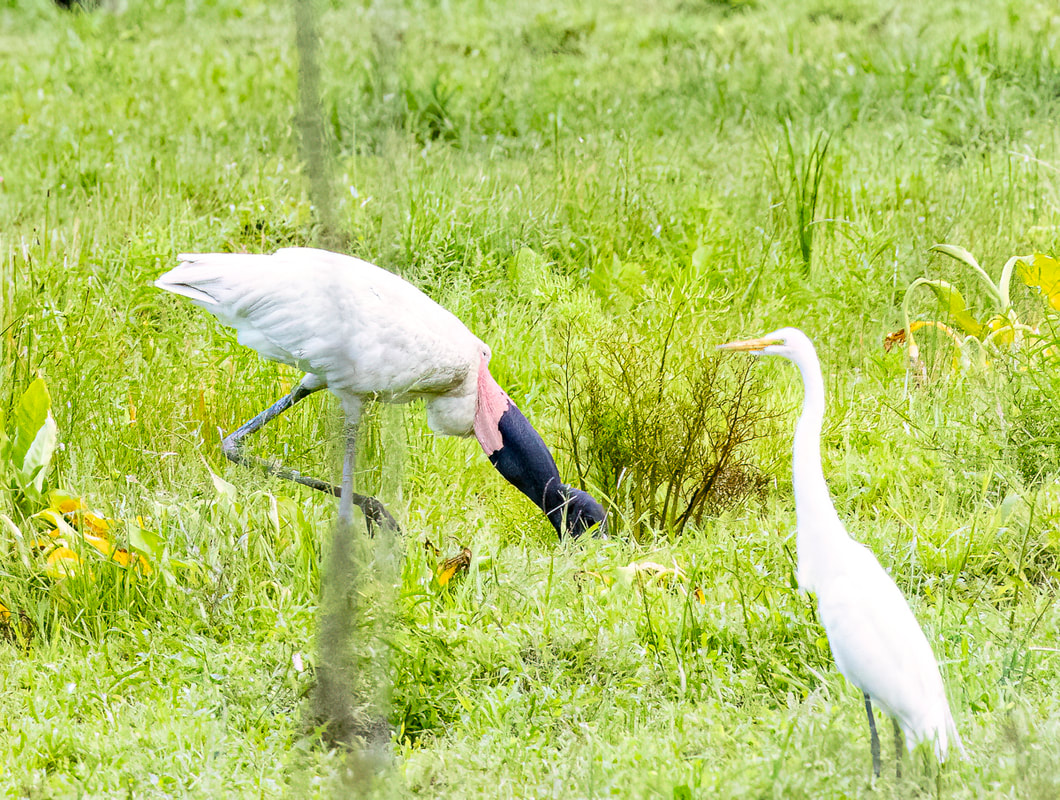
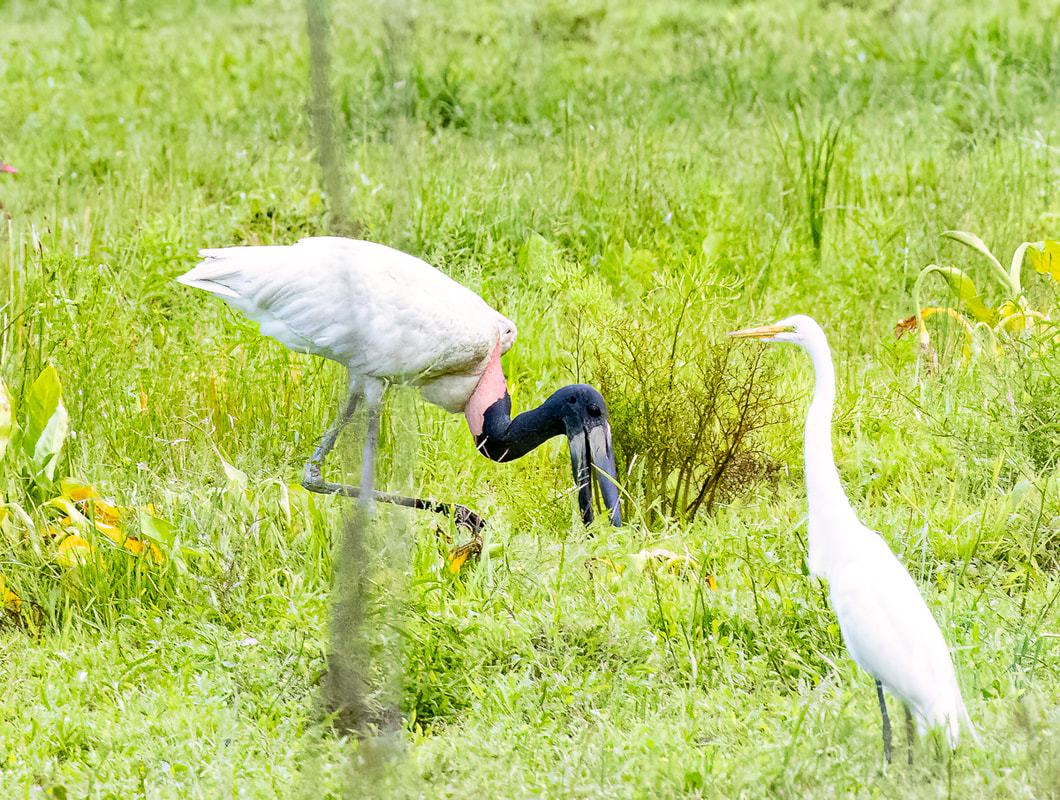
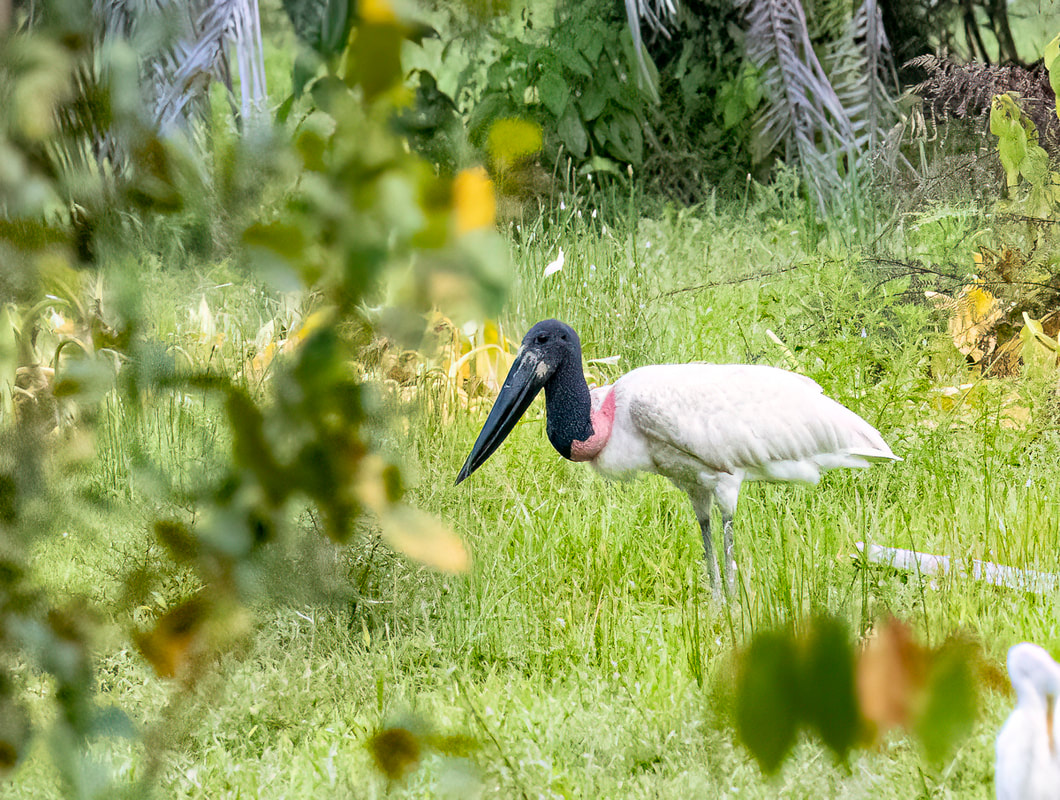
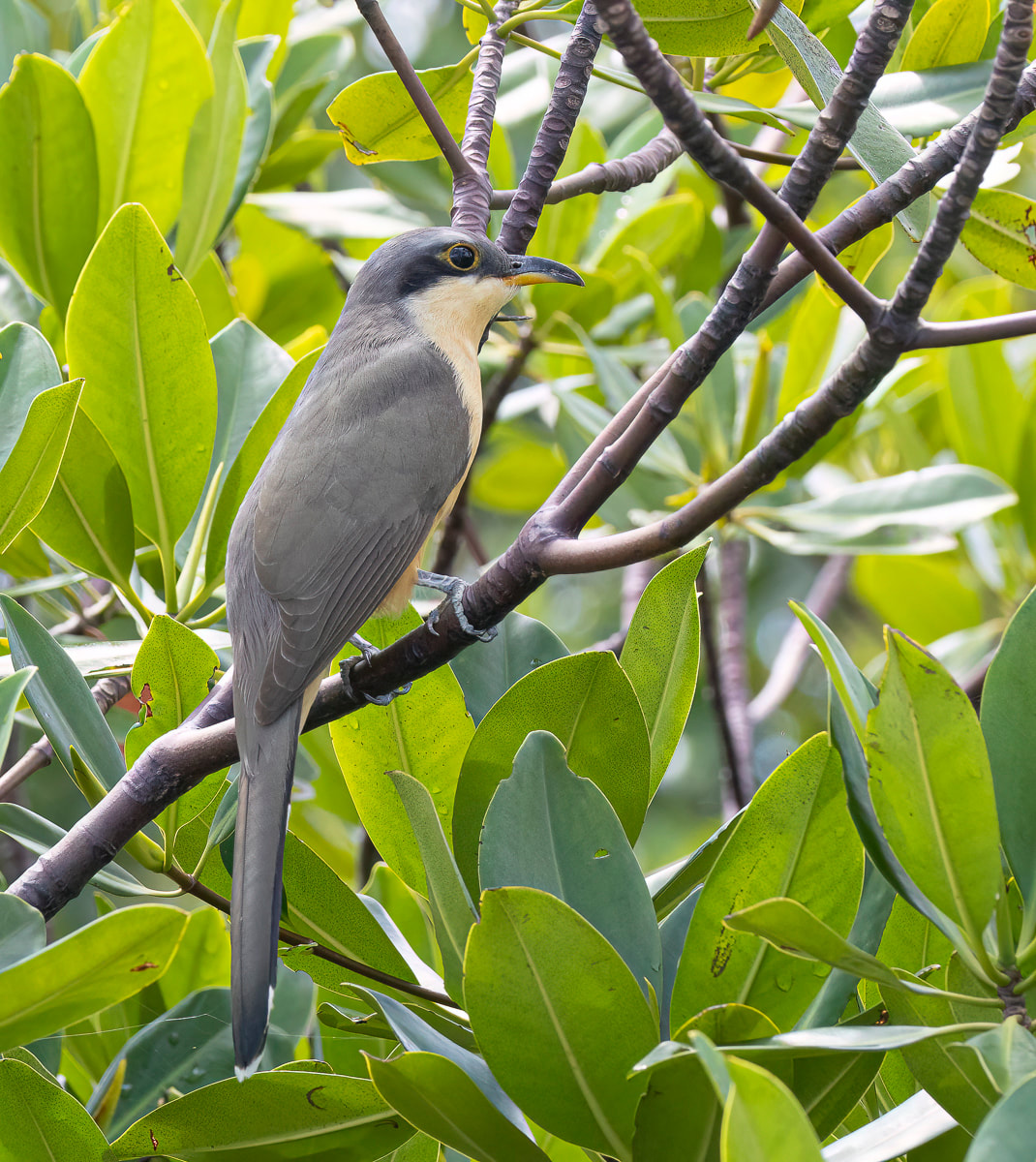
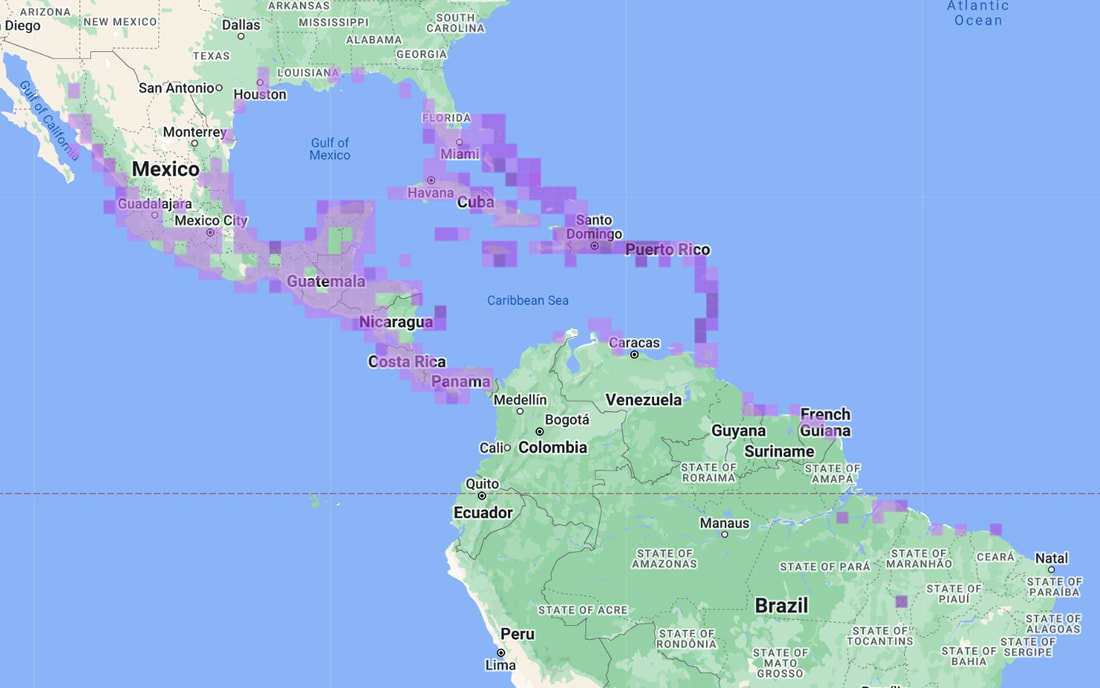
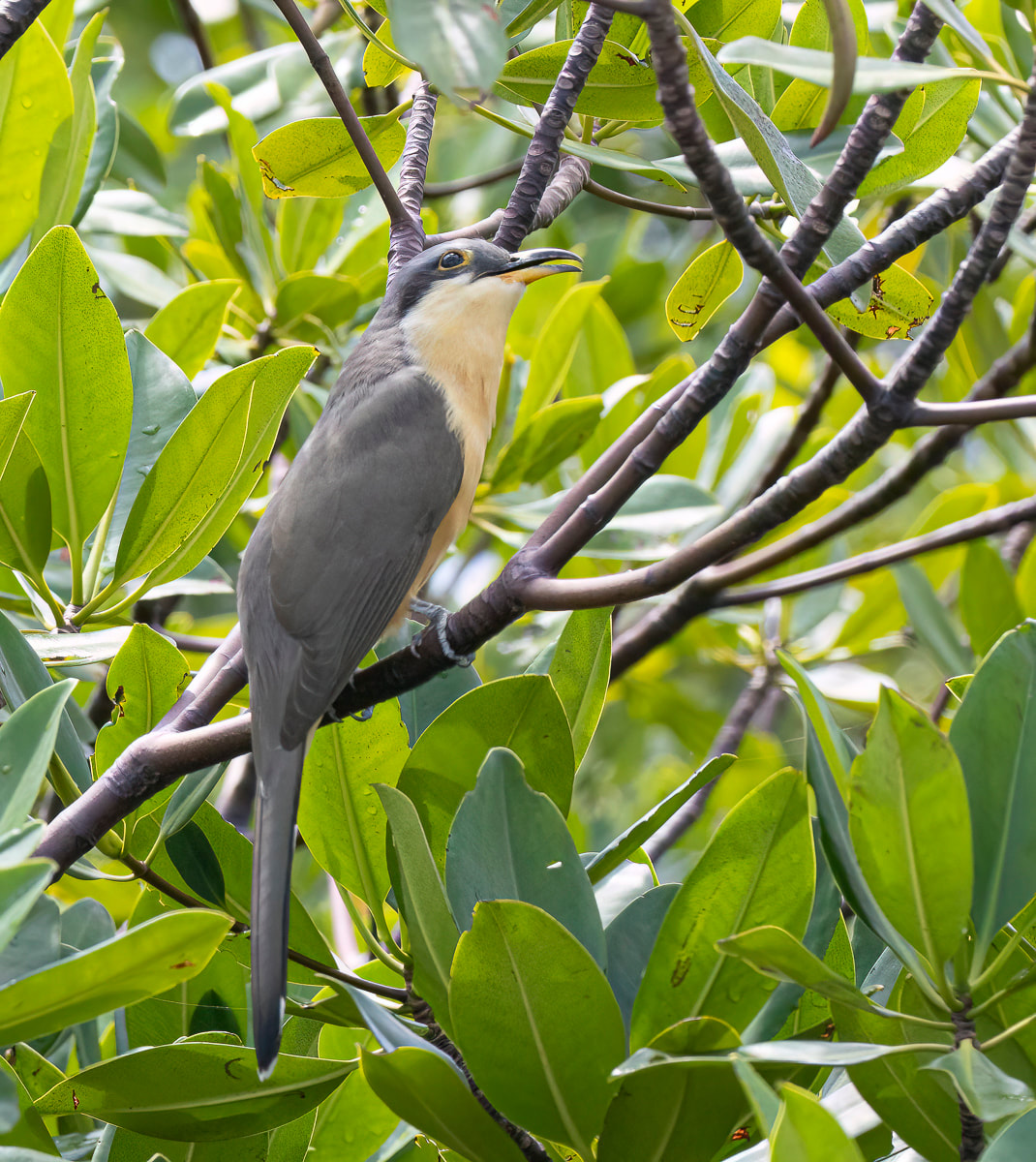

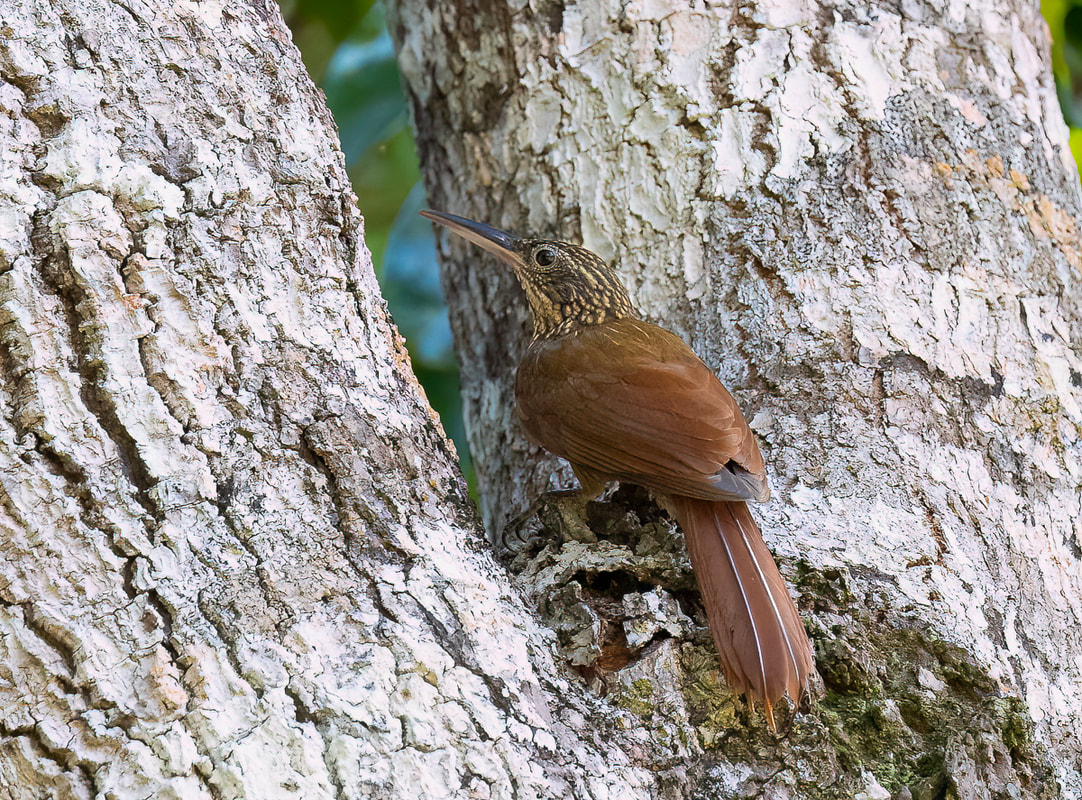
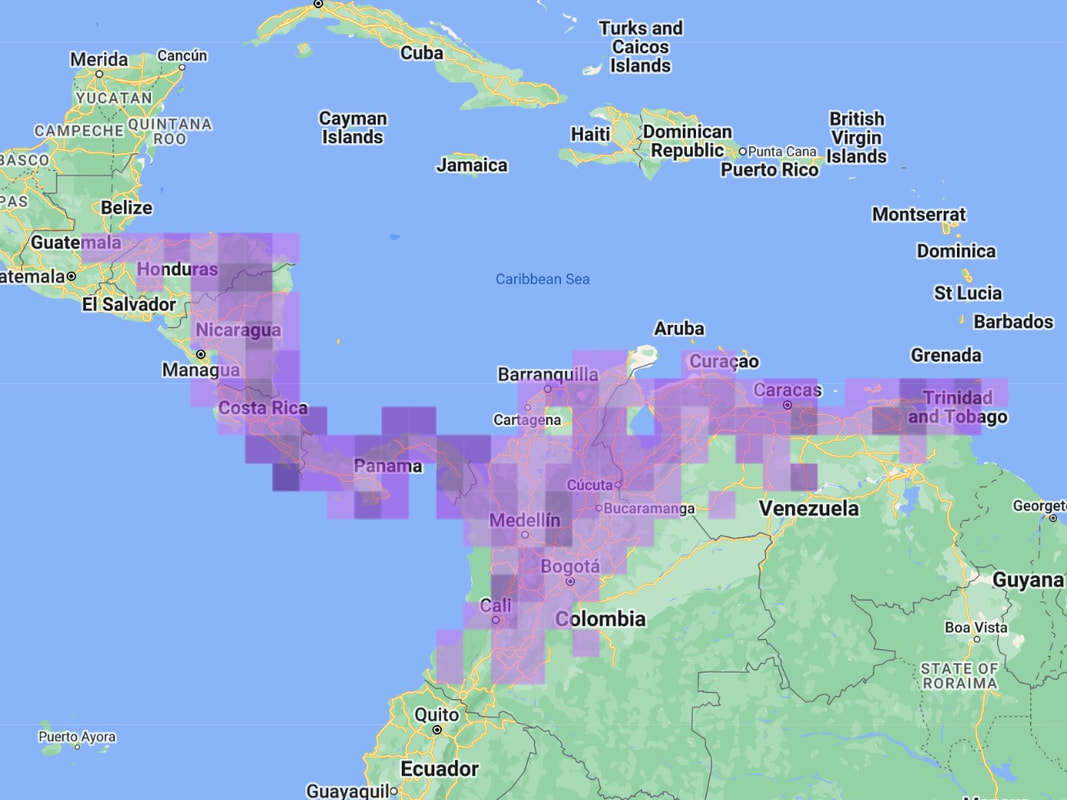
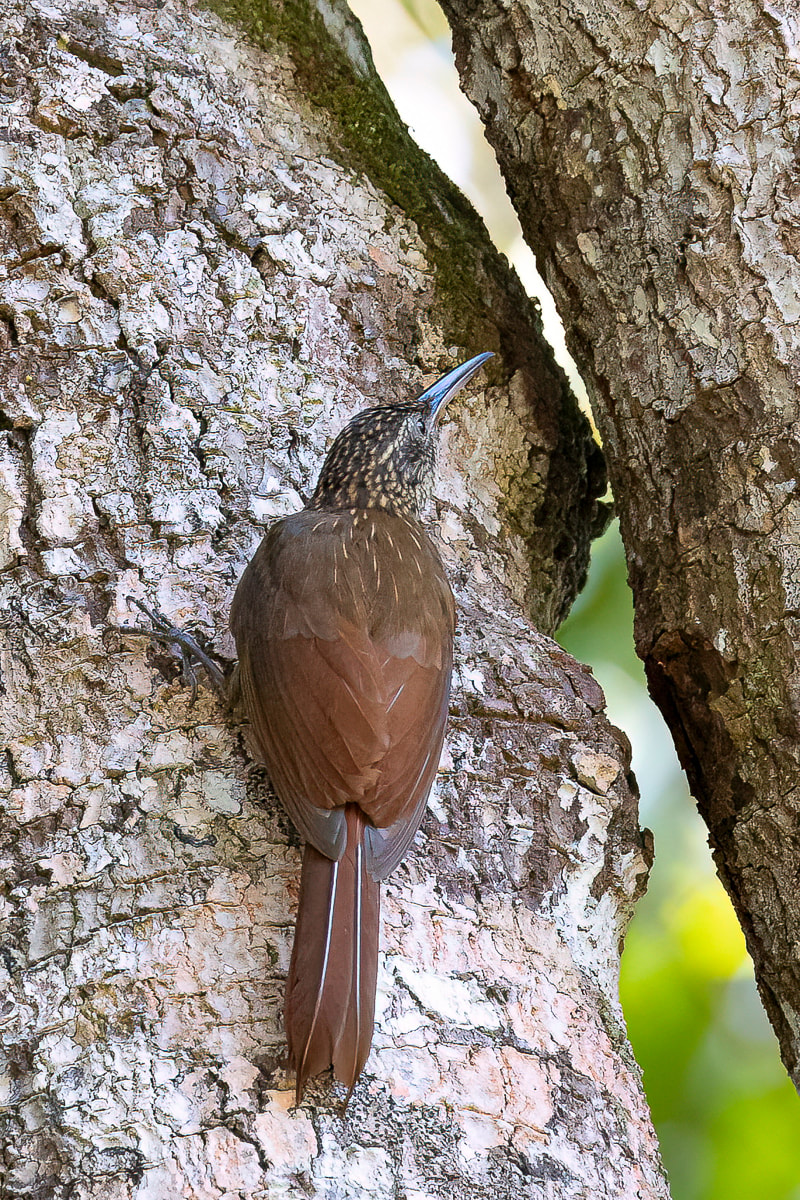
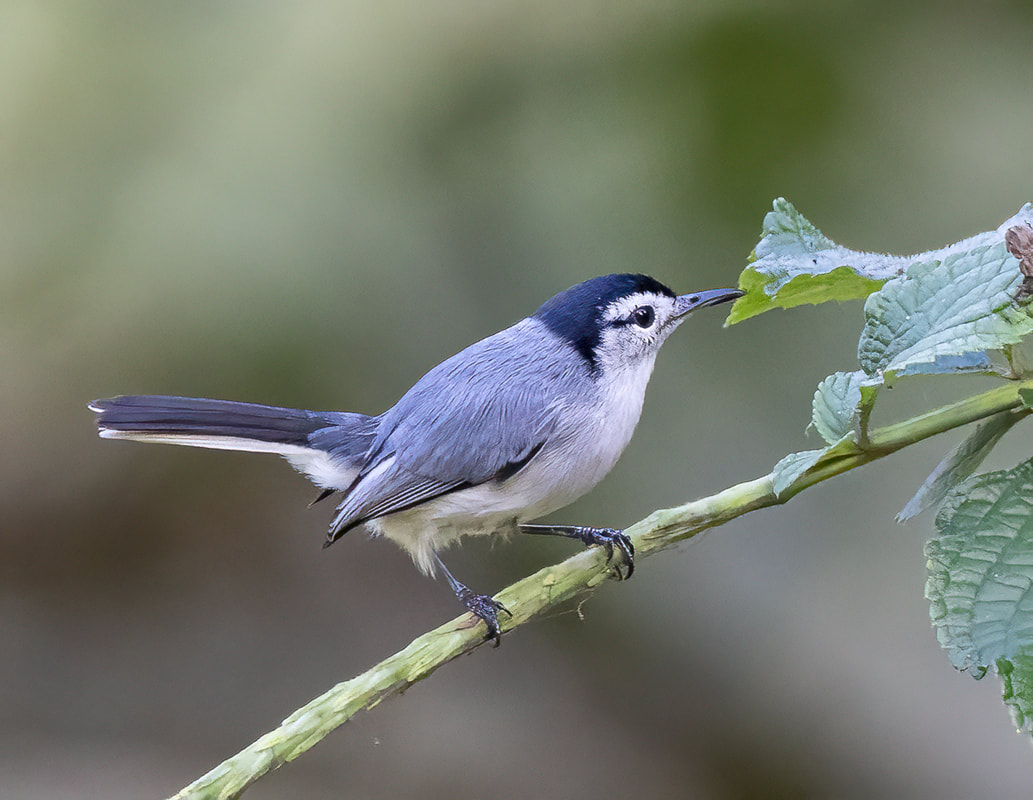
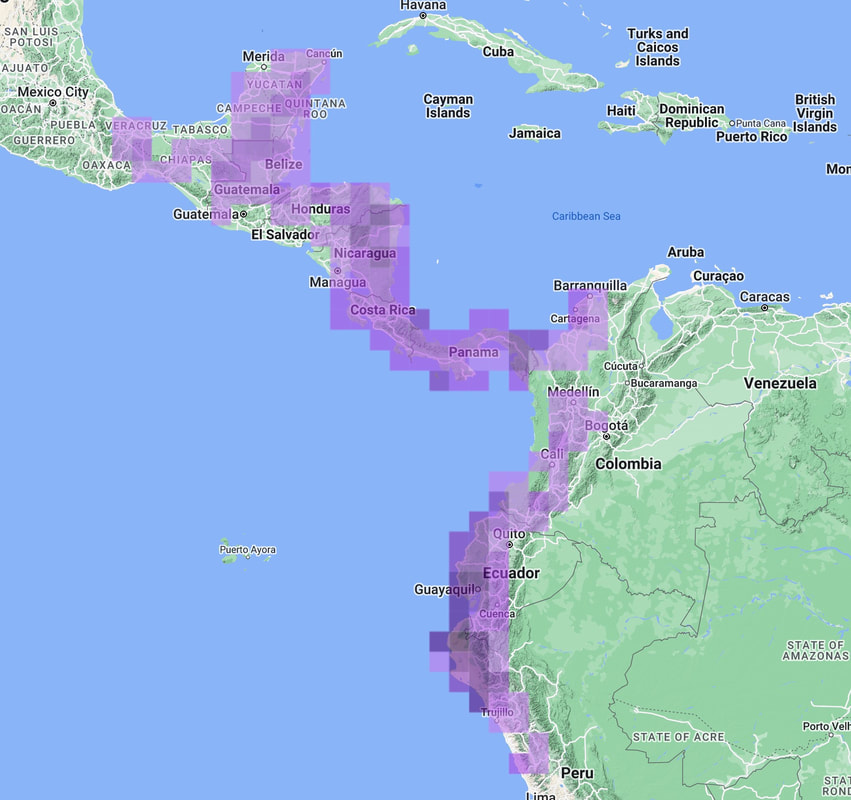

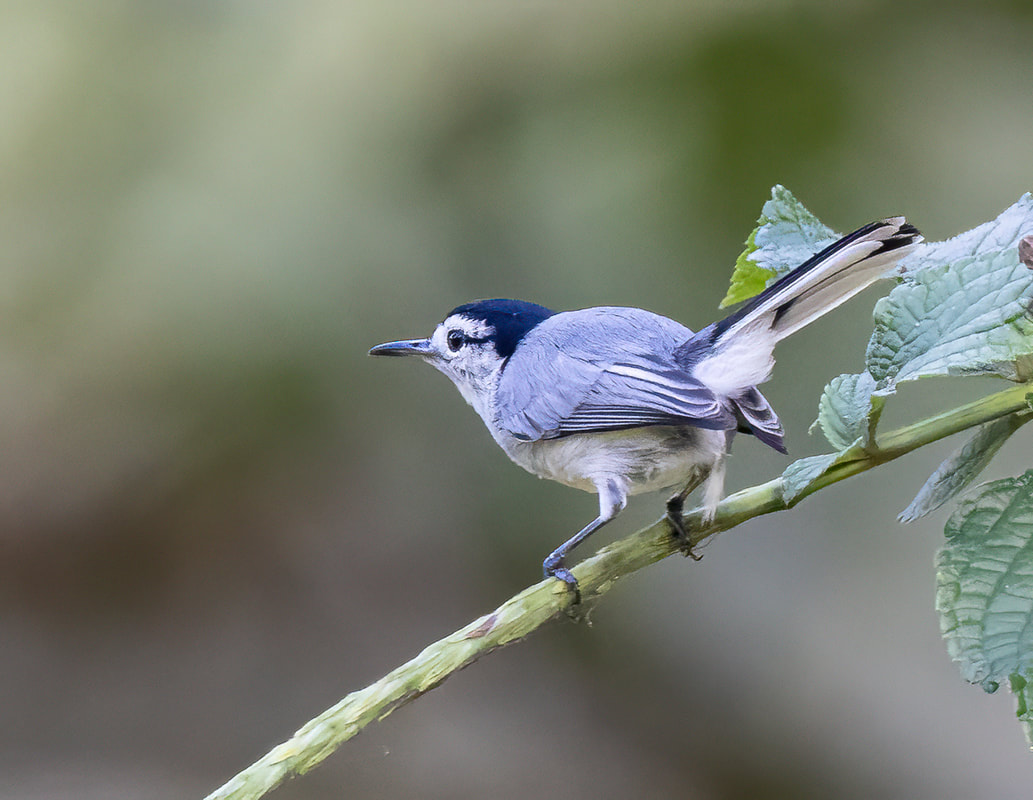
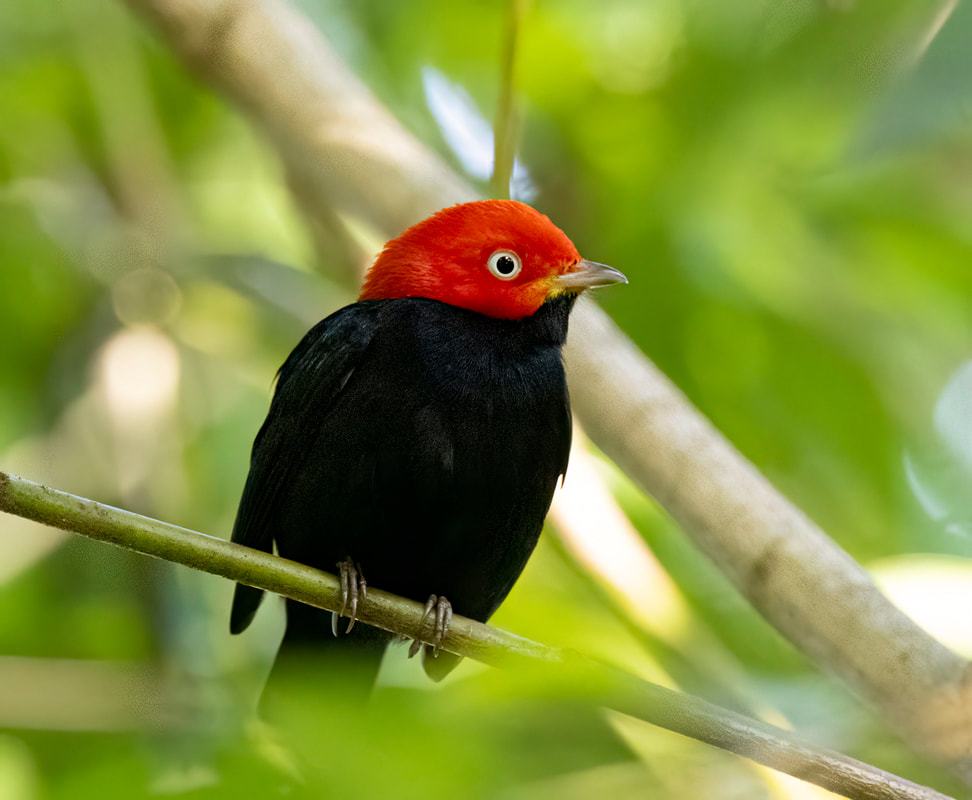
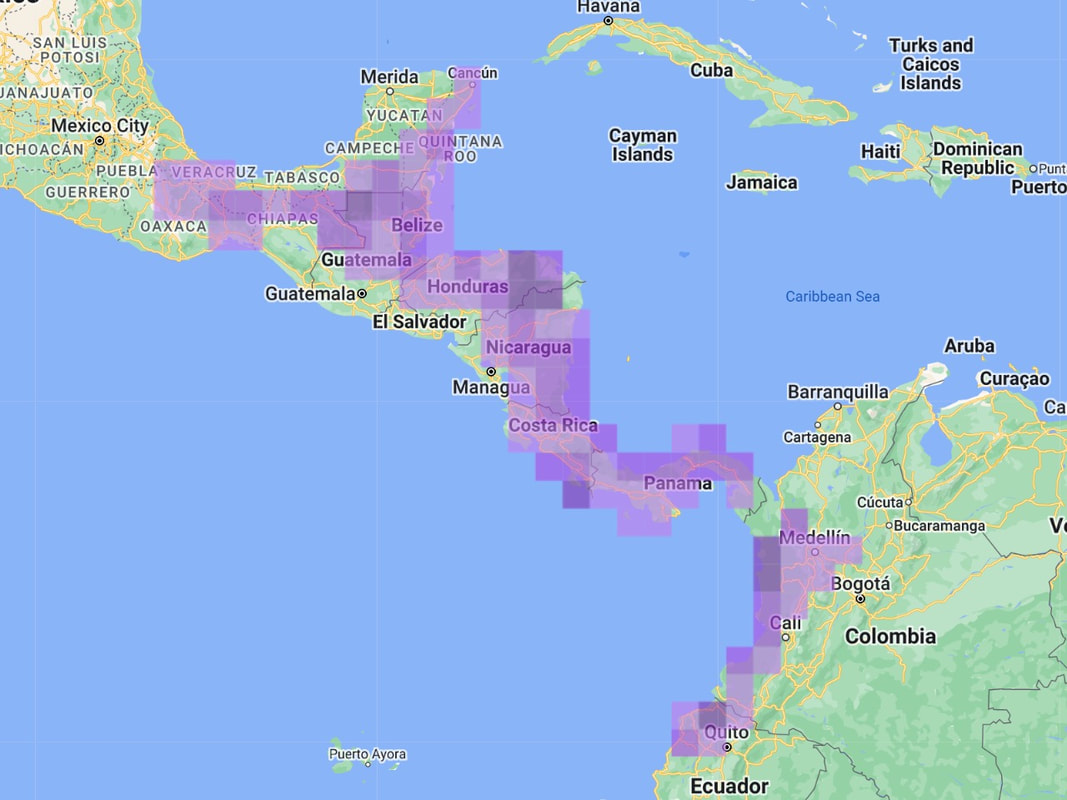

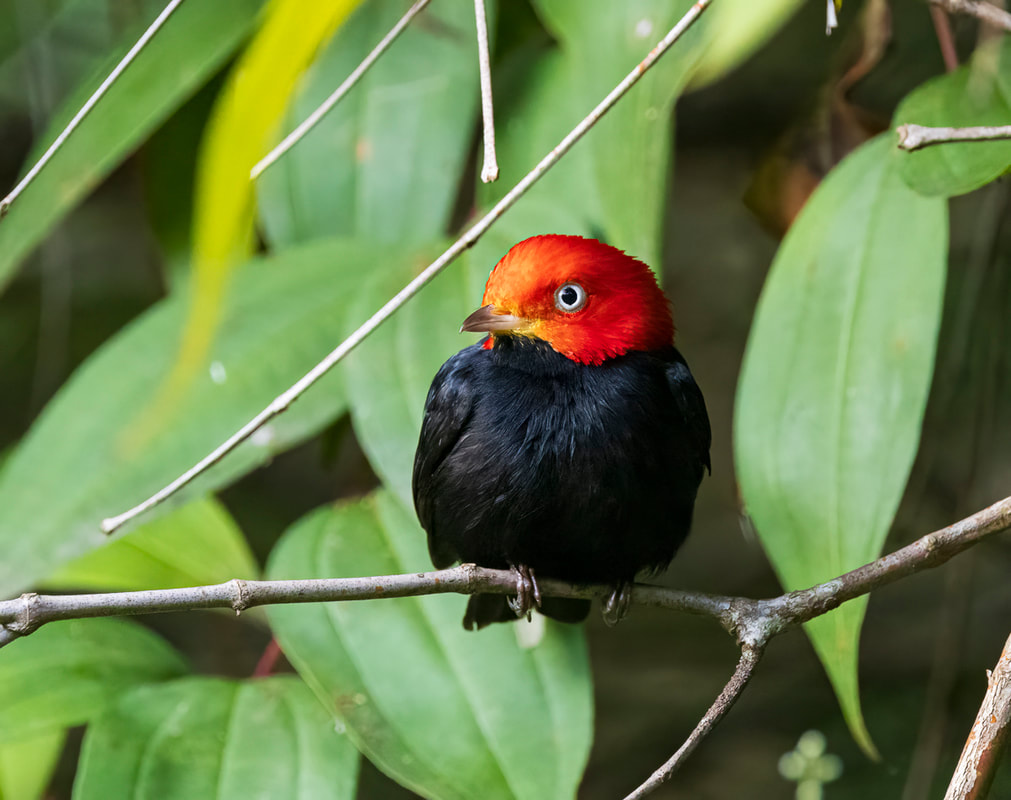
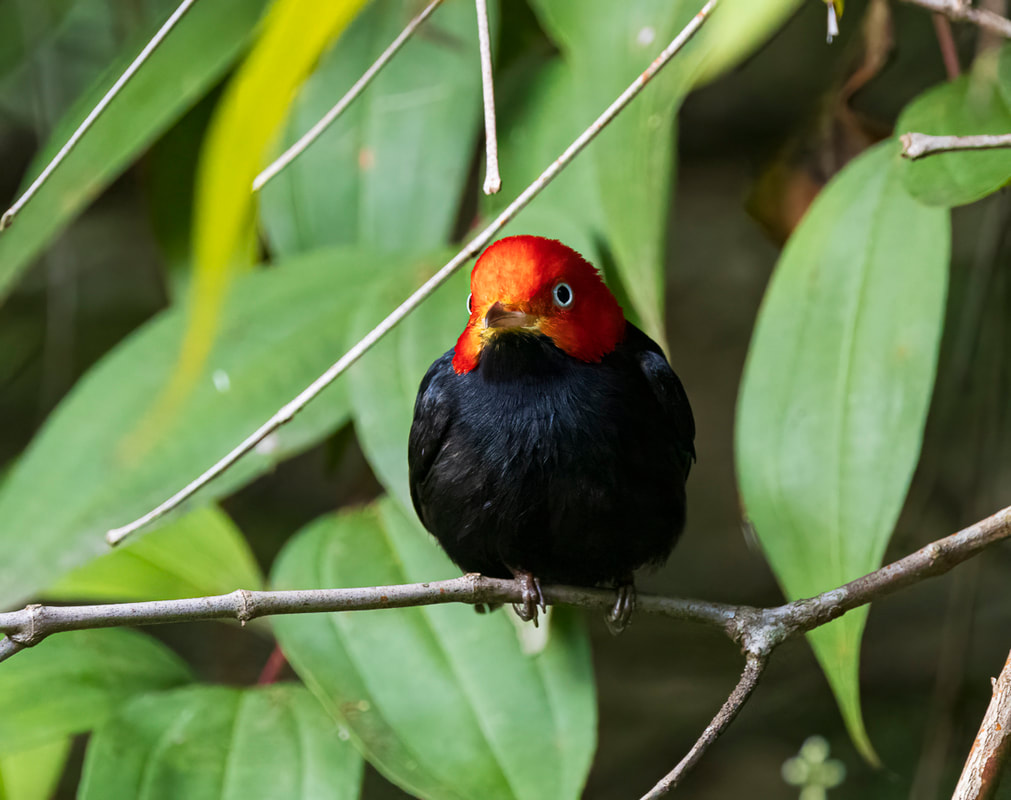
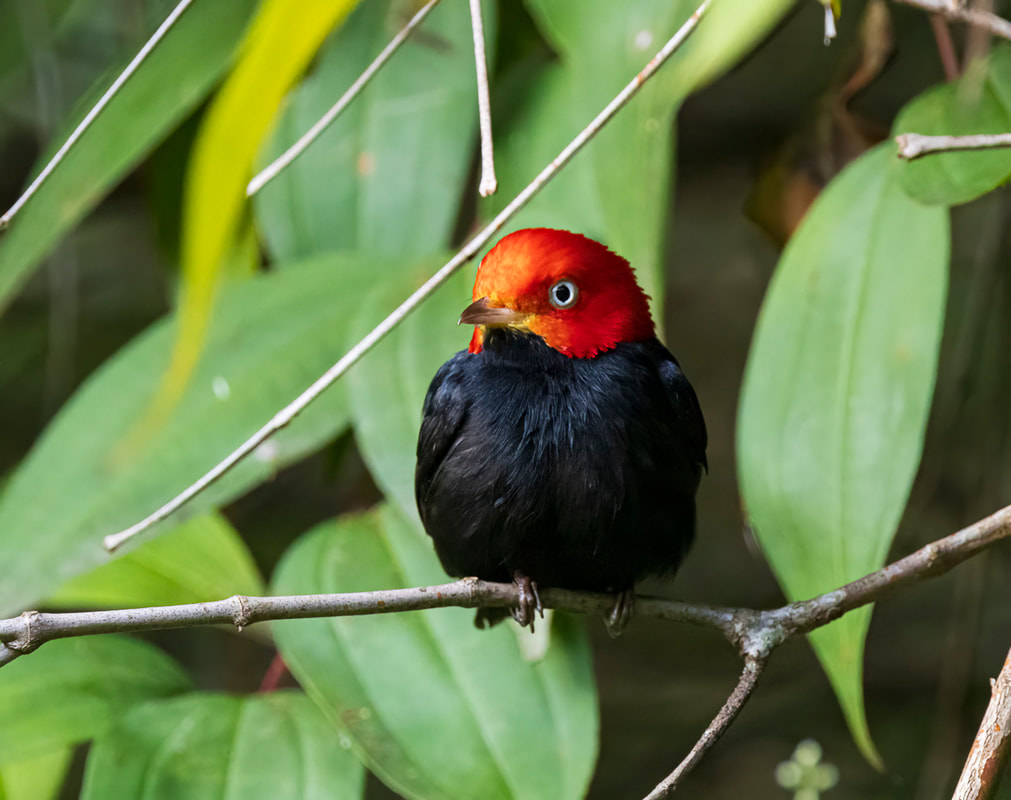
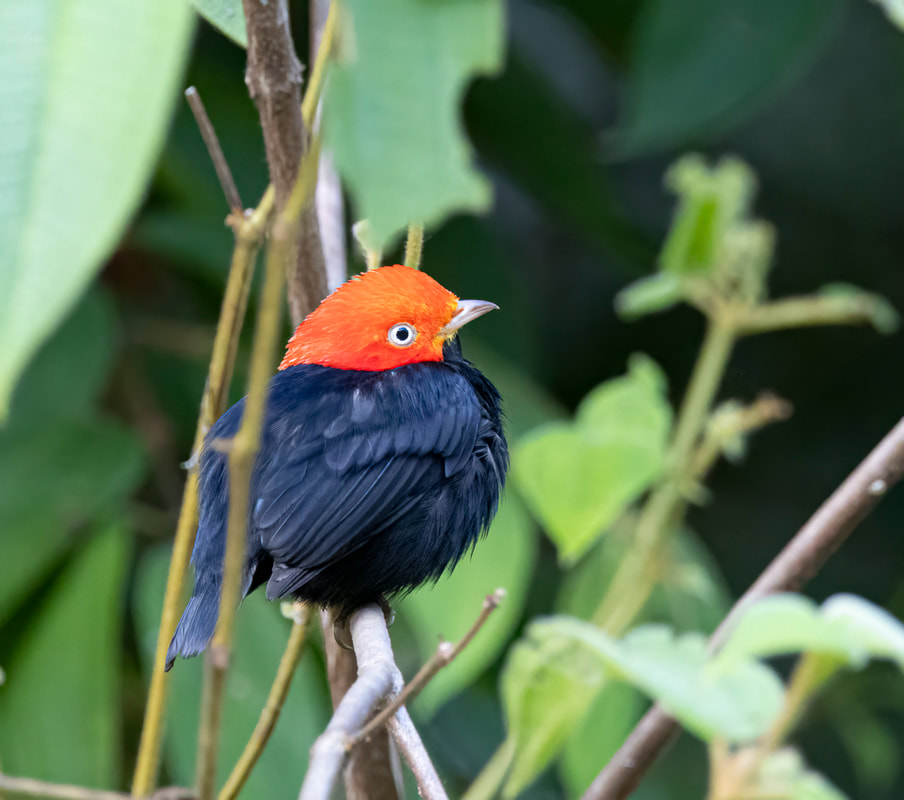
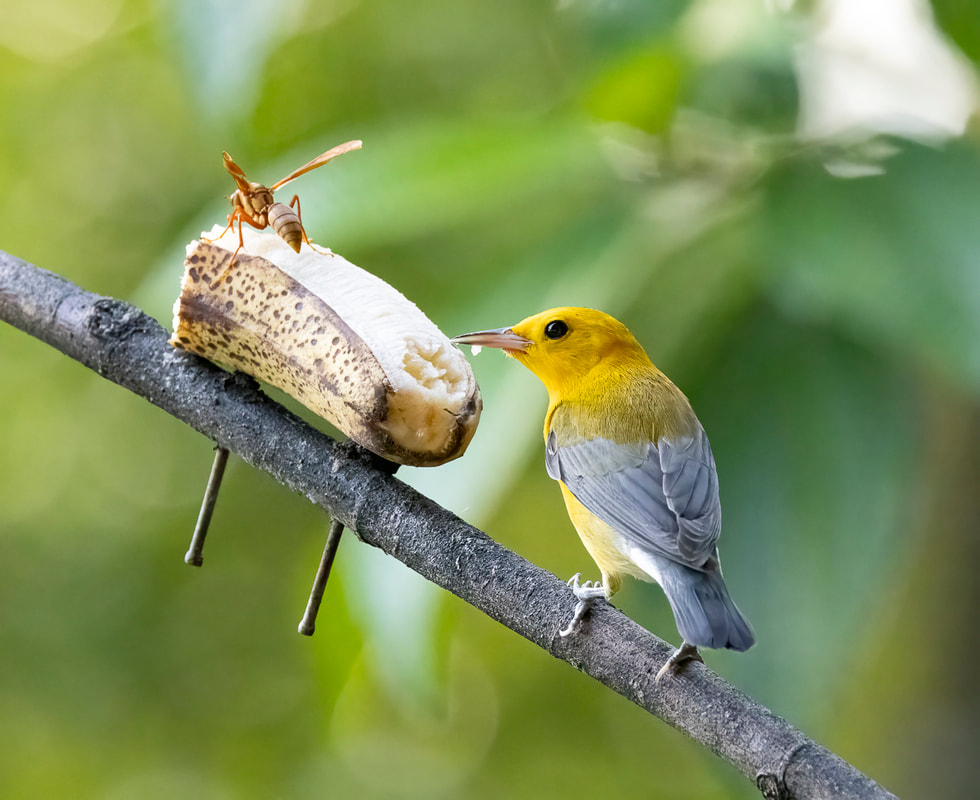
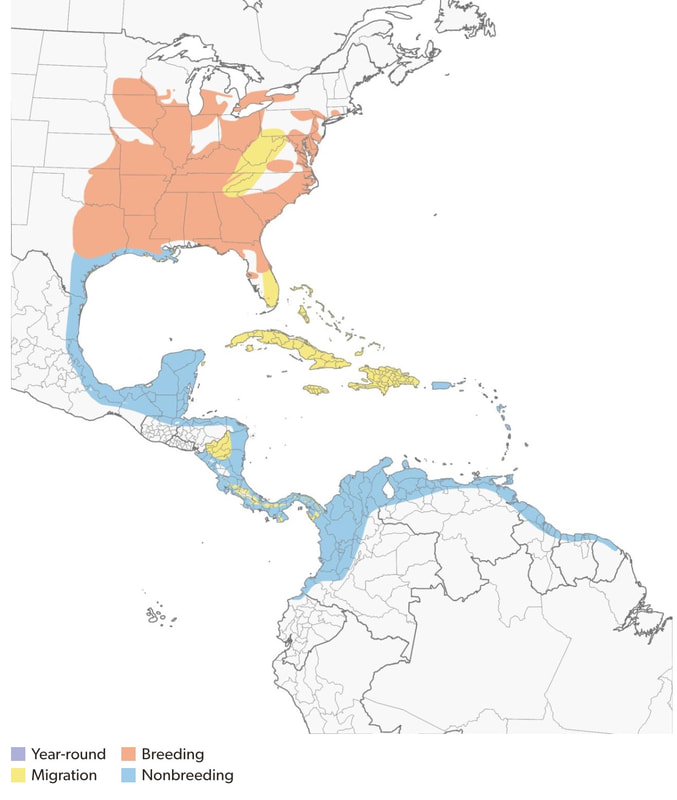
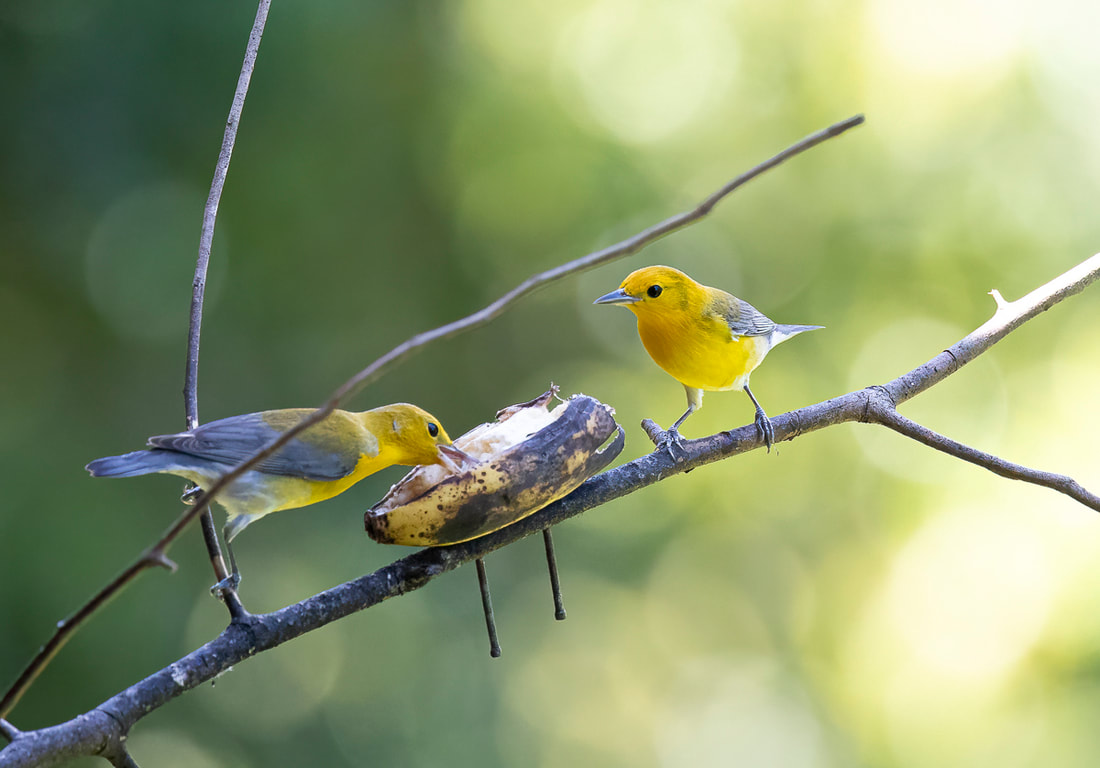
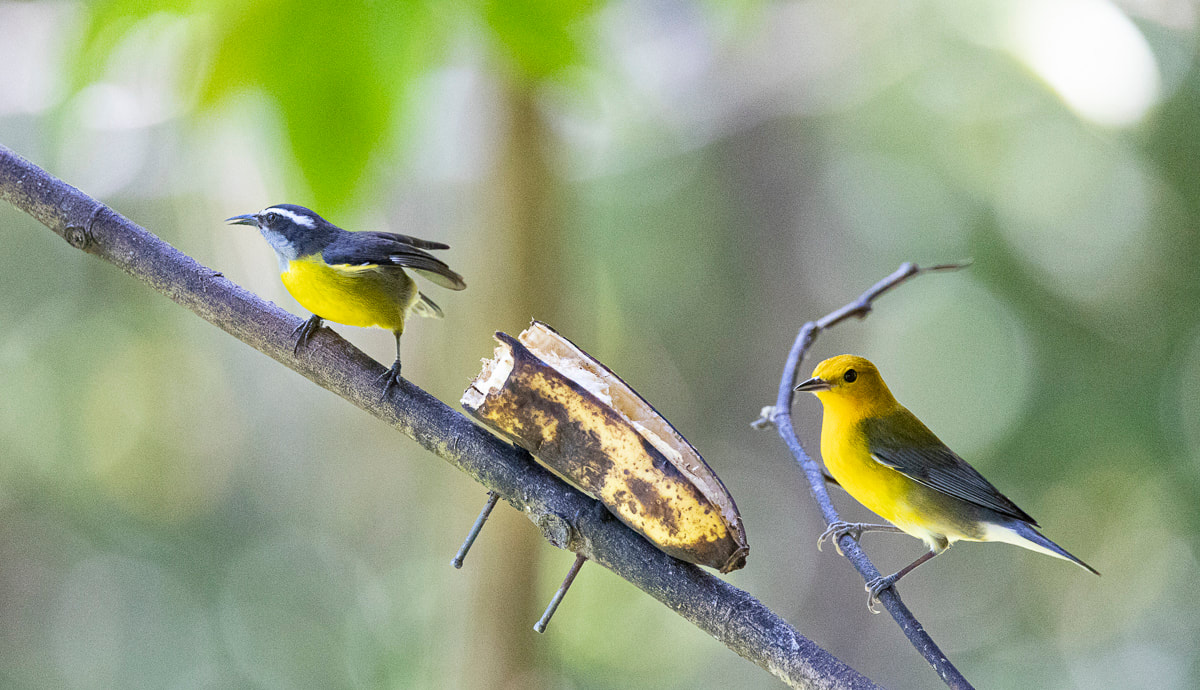
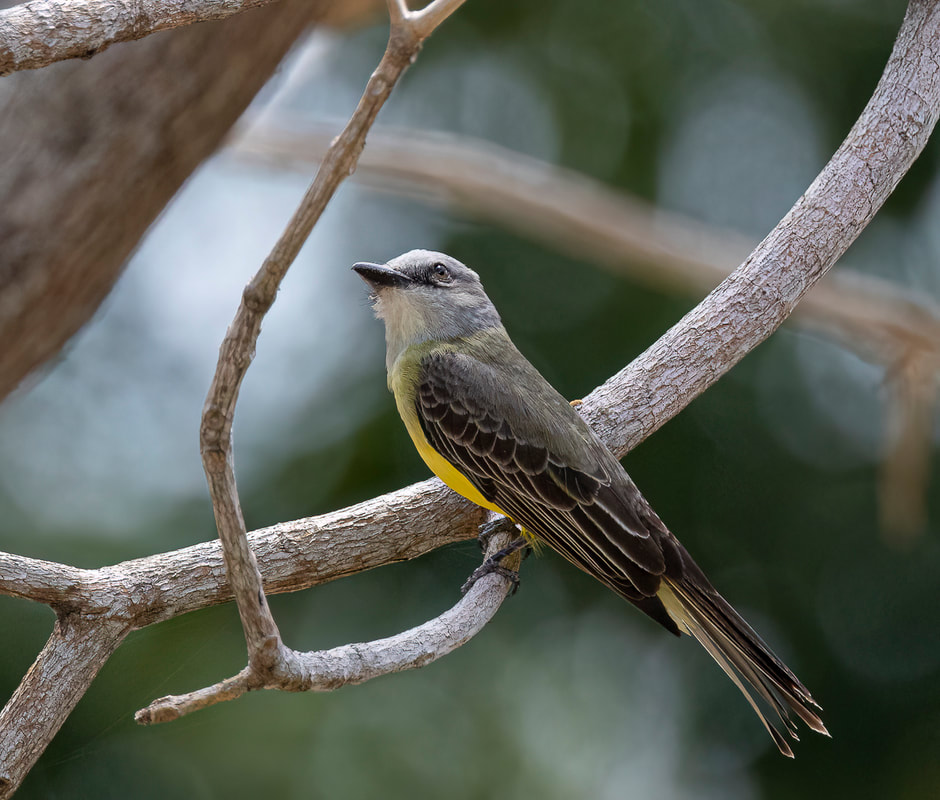
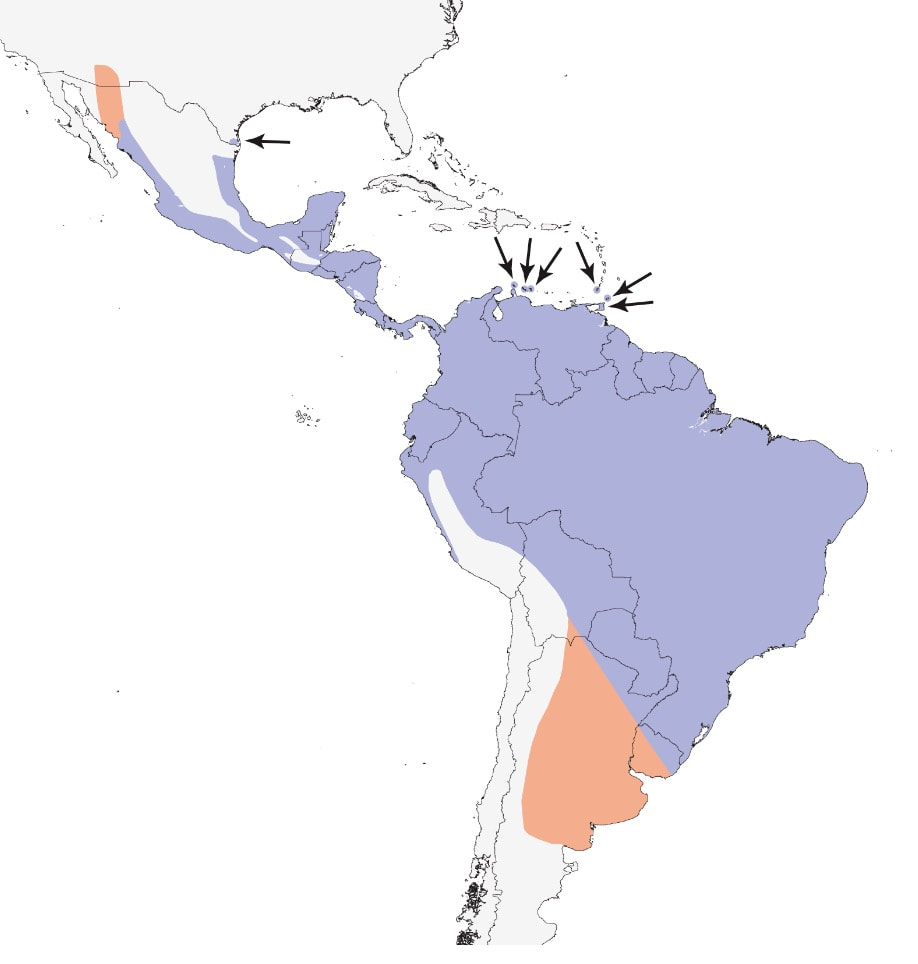
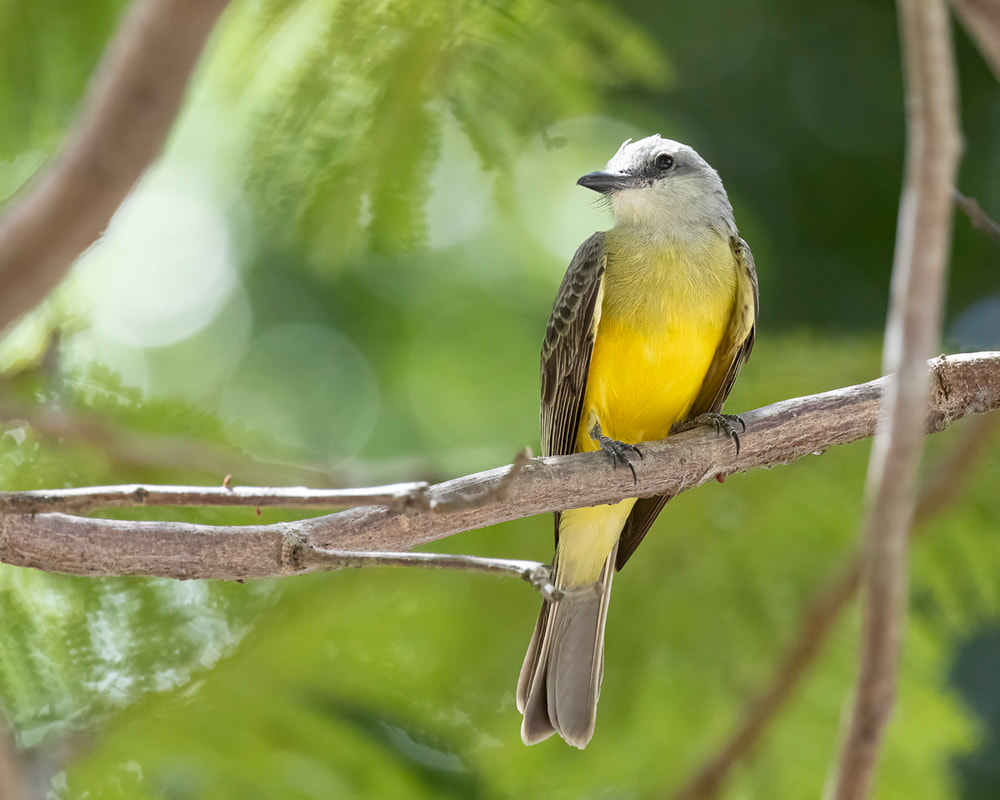
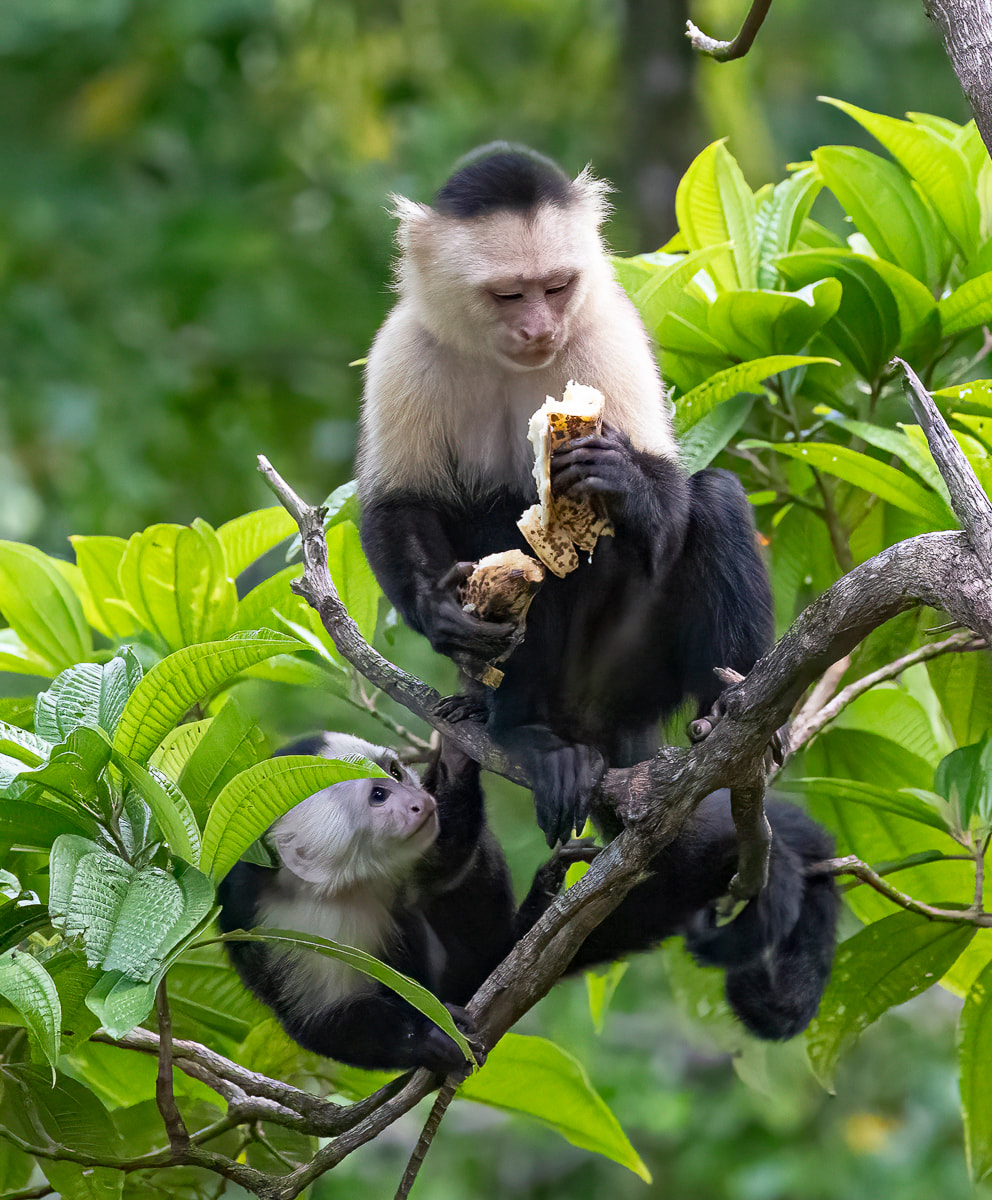
 RSS Feed
RSS Feed